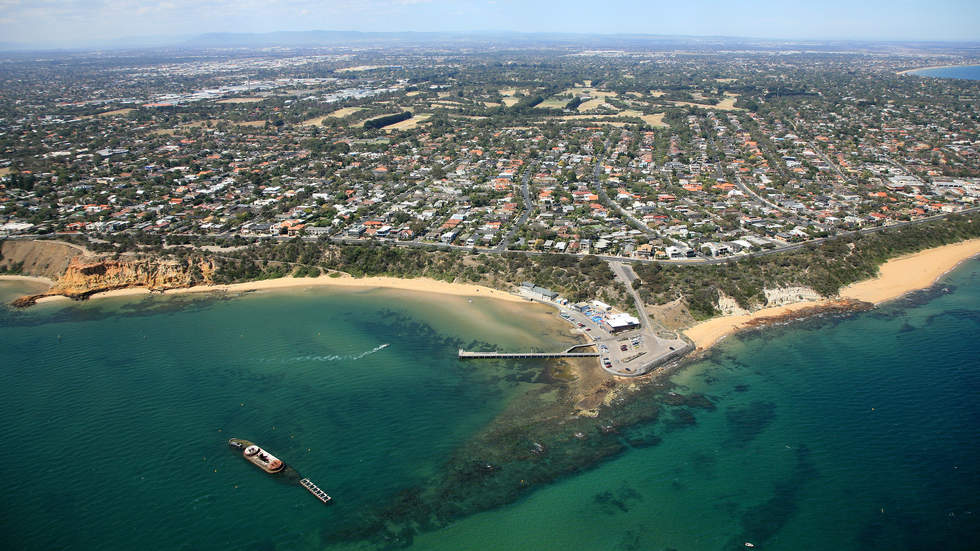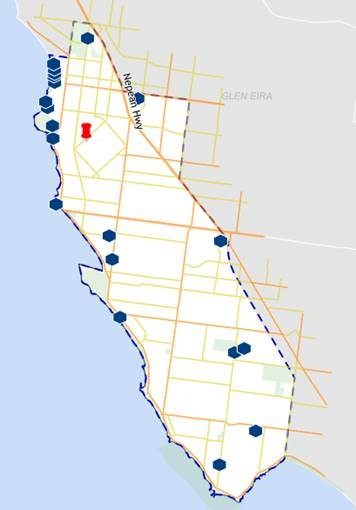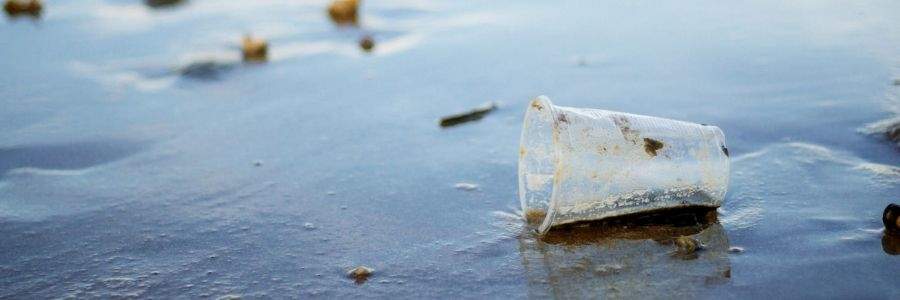
Protecting our Bay with Gross Pollutant Traps
Stopping litter in its tracks
We are committed to improving water quality and preserving the health of our beautiful bay and are looking at a number of initiatives, including stormwater filtration systems (Gross Pollutant Traps) to ensure we protect our cherished environment and reduce pollutants making their way into Bayside's treasured bay.
What are Gross Pollutant Traps (GPTs)?
Designed to trap litter and other pollutants before they enter the bay, Gross Pollutant Traps (GPTs) are one part of a waterway management regime to support healthy waterways. GPTs offer a ‘last chance’ in stormwater management to reduce pollutants from entering our bay and ecosystems.
The filters are designed to remove any solid material from stormwater that has been flushed along curbs and into street drains. They are part of a treatment system reducing litter, leaves and sediment from degrading in our water dependent ecosystems. The litter collected by GPTs is typically leaves and larger items such as take away containers, bottles and plastic bags.
To learn more about GPTs, how they are emptied and what is typically found, check out the below interview with one of our team.
Gross Pollutant Traps in Bayside
There are currently 19 GPTs in Bayside. These have been designed to collect the large majority of the street litter before it enters the Bay.
See if there is a GPT near you!

Why is there still litter on our beaches and in our bay?
The 19 GPTs in Bayside, whilst effective, have not provided the solution to stop all litter entering our bay. GPTs are responsible for trapping larger litter items and are only able to remove pollutants in low to medium rainfall events. During large rainfall events, stormwater will bypass the GPT, carrying pollutants into our natural waterways.
The overwhelming majority of litter found on our beaches originates from littering on the beaches and the nearby Bay Trail. Water can also guide litter down the eastern side of the Bay from the Yarra and onto beaches.

How can we protect our bay?
- Reduce the amount of waste (particularly plastics) we generate, some great tips here Reducing Plastic Waste
- Responsibly dispose of our own litter, and
- Pick up any litter we see in the environment (join Sandringham Beach Patrol to help clean up our beach)
